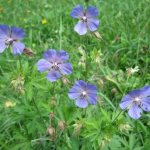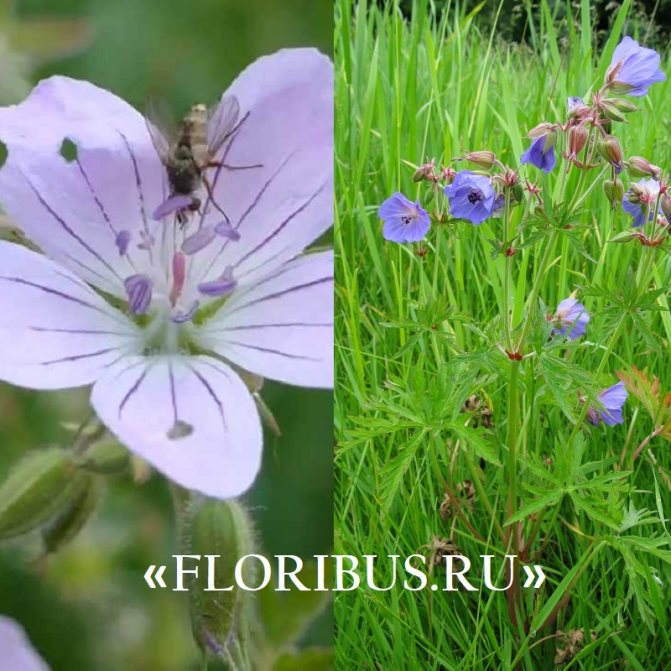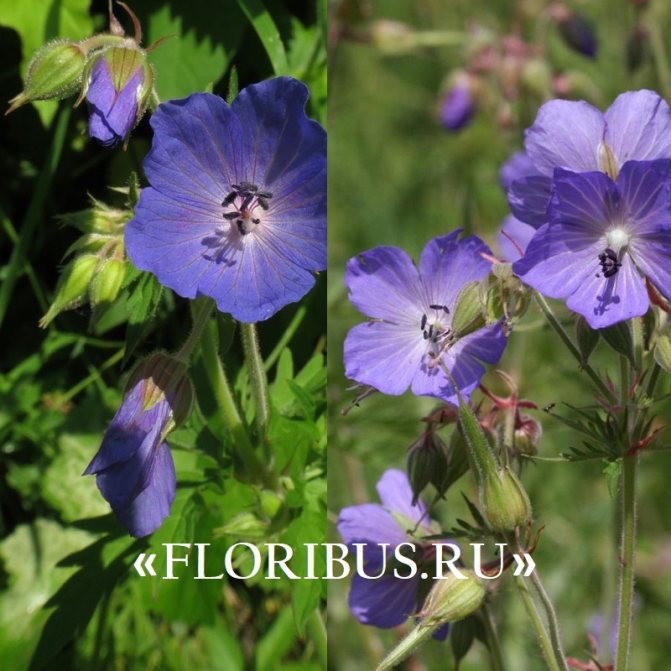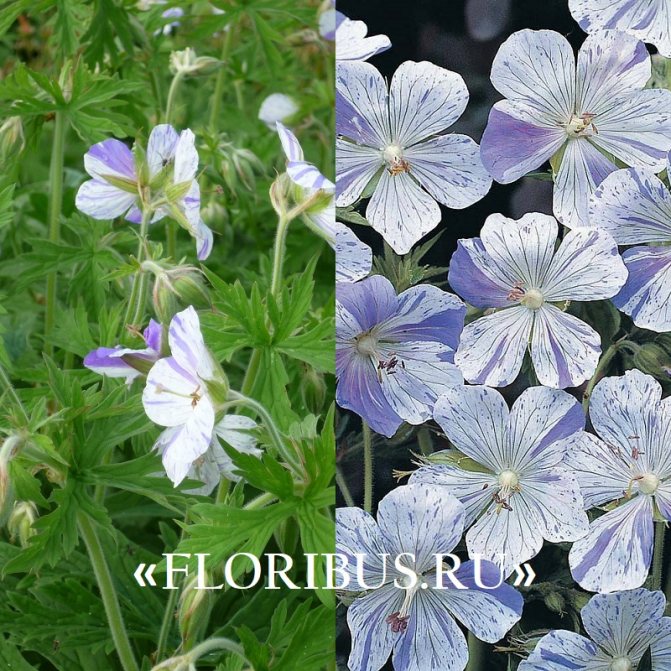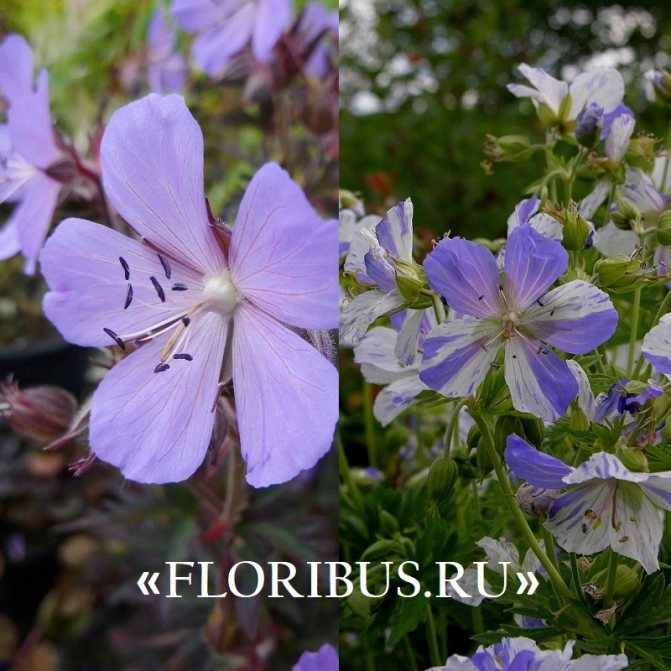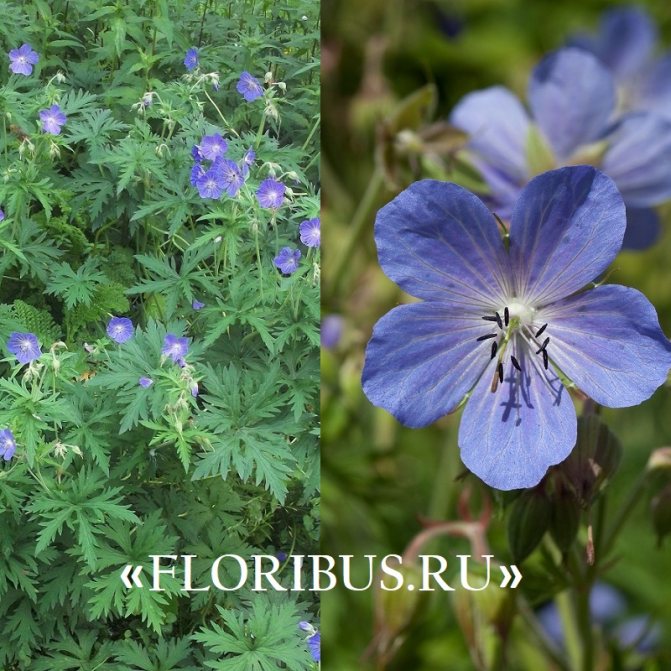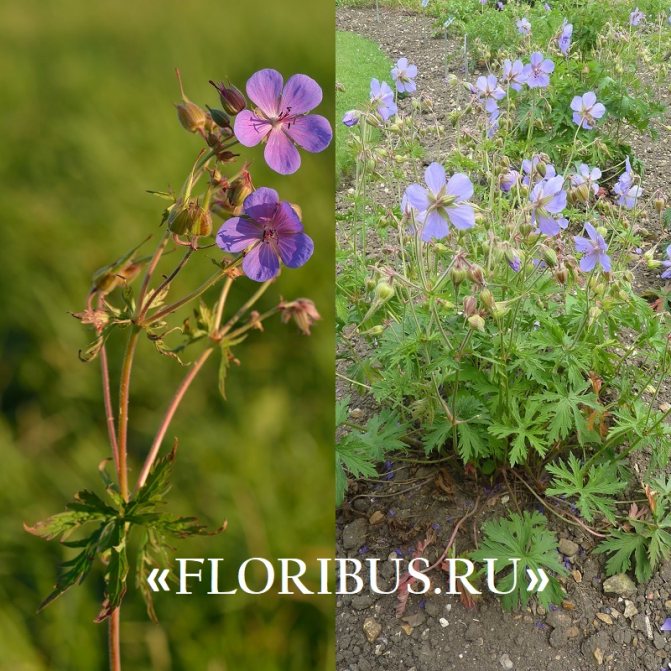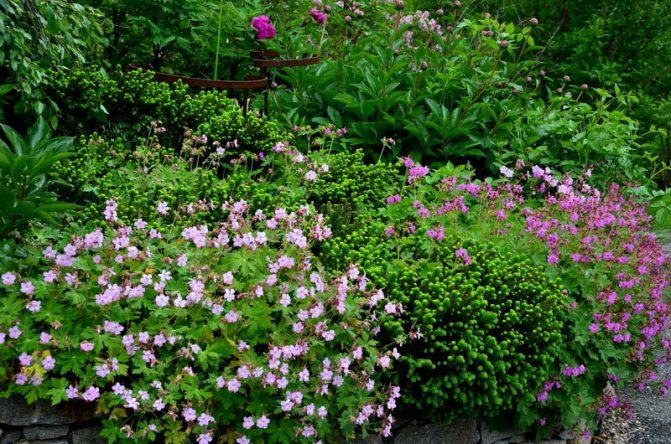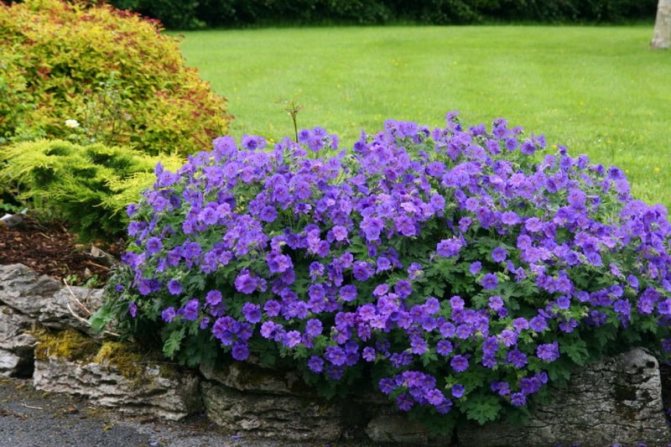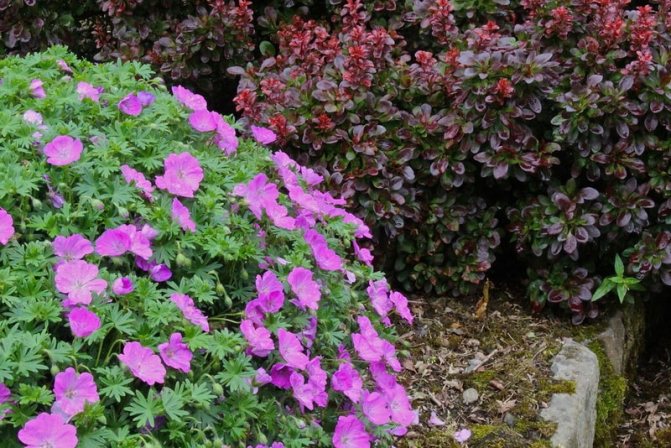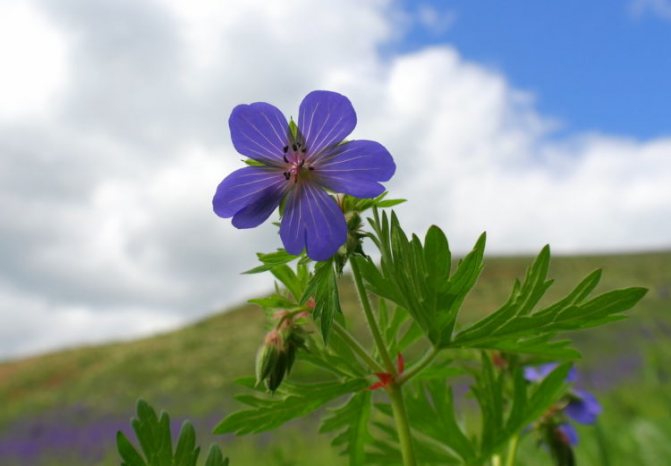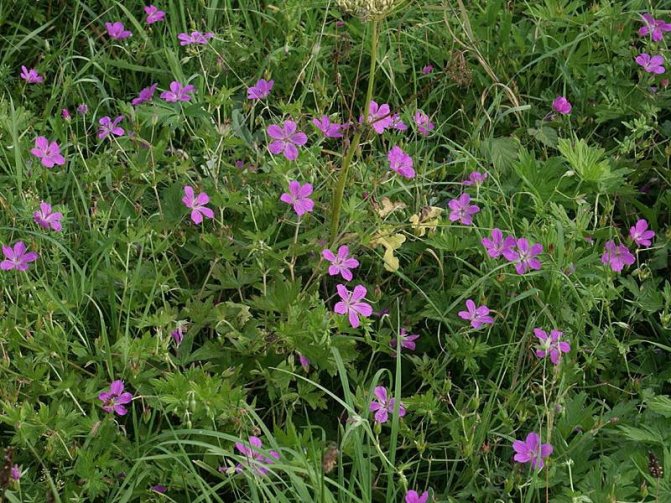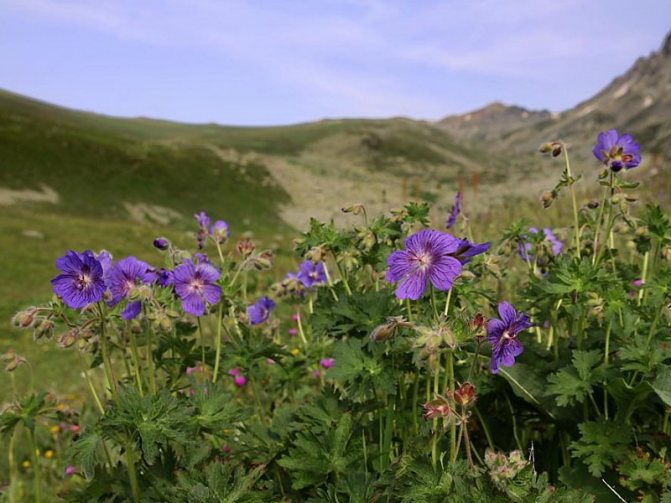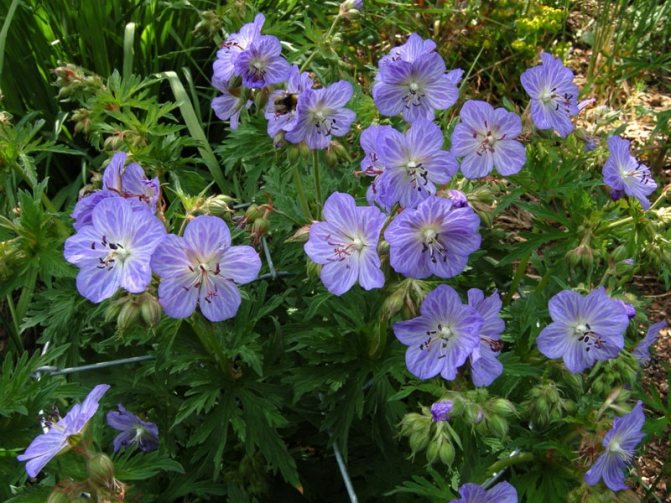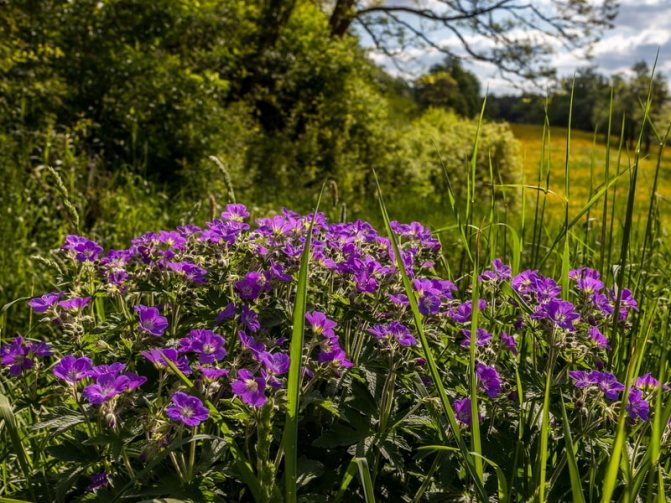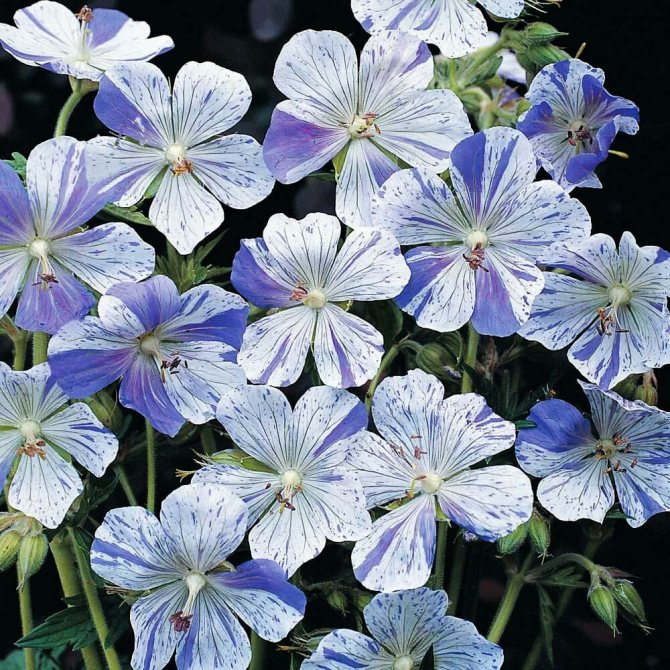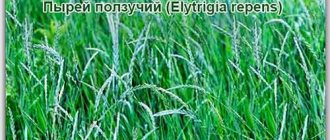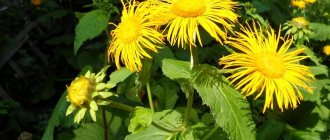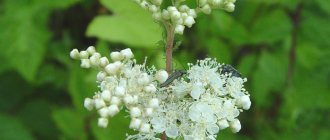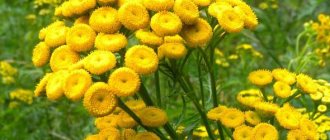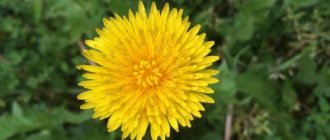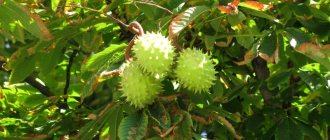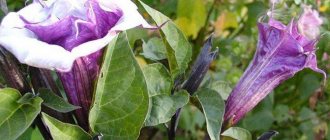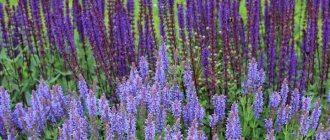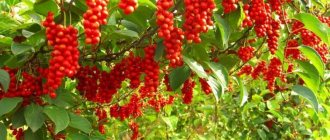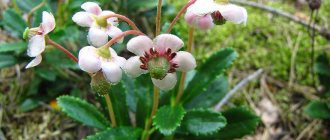In another way, the plant is also called the meadow crane. Latin name -Geranium pretense. This plant belongs to the genus Geranium and the Geranium family.
Geraniums have small hairs on the stem. Meadow geranium grows to a maximum of 0.8 meters. The root of the plant is tree-like, going to a depth of ten centimeters.
The stem is sticky to the base. The leaves are opposite, cut into lobes in the form of rhombuses. The inner side of each leaf is sinewy. The leaves are pointed at the top.
The diameter of the bottom sheets is ten centimeters. Geraniums have many flowers. Corollas are open wide. The color of the corollas is lilac, violet, lilac, blue.
The plant loves the sun, usually grows on soil with moderate humidity, in shrubs in a clearing, forest edge throughout Eurasia. Geranium is classified as a melliferous plant that heals from diseases. Geranium blooms - from July to September. Plant propagation takes place with the help of seeds. The seed box ripens at the end of summer. If you use meadow geranium for the purpose of healing, it is harvested at the time when it blooms. It is better to dig the roots in the autumn, dry them in the shade.
Description of the species
Meadow geranium is a herbaceous perennial with a small creeping rhizome and a well-developed ground part, reaching a height of 30–80 cm. The lower leaves of the bush are feathery, often incised, located on long petioles, the upper ones are short, sessile.
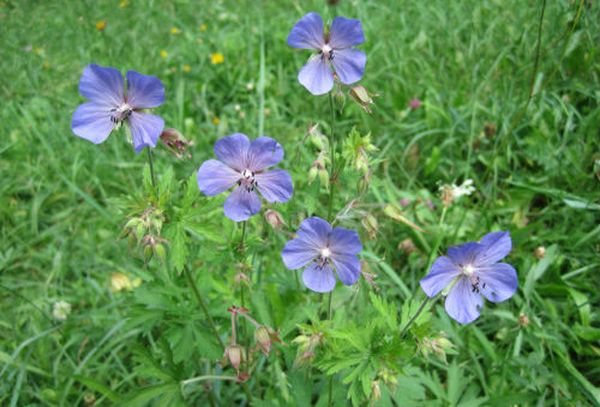
The stems are covered with fluffy hairs that exude a spicy aroma. The flowers are simple, predominantly lilac-blue, arranged in small umbellate inflorescences. In decorative species, flowers are double and multi-colored.
This geranium should not be confused with pelargonium, as there are significant differences between them. Pelargonium refers to indoor or decorative species. Meadow geranium, like forest or field geranium, is a wild plant that lives in its natural environment. Geranium bloom begins in late May or early June and lasts at least 2 months. It is an excellent honey plant and a remedy for many ailments.
Is it possible to transplant meadow geraniums to the site
Pelargonium ampelous or geranium - growing and care at home
To transplant meadow geraniums to a site, it is important to choose the right place for its growth. Light fertile soil will allow you to get a long and beautiful flowering. The flower itself does not like transplants; it can grow in one place for at least 10 years. If the landscape is boring, it can be diluted with a pelargonium flower. Variety selection will be an important criterion for good plant growth:
- Large-flowered geraniums will take root well in sunny, dry areas.
- Himalayan, Meadow and Magnificent geraniums will thrive in wet and warm areas.
- The Balkan variety prefers dry soil and almost complete shade.
- Swamp and Himalayan geraniums are not averse to growing in moist, shady places.
Important! To collect seeds, you need to prepare a pod wrapped in a paper bag in advance. When the pod shell bursts, all the seeds will remain in the bag and can be planted on the site.
Features of growing and care
Geranium does not require special care. The main thing to do is to water the plant and weed.Geraniums are weeded in May, when there is not much foliage on the flower. This will be beneficial for the root system, so it will receive more oxygen. If the gardener is critically short of time for loosening, stunted bushes can be planted between the geraniums and mulching can be carried out.
The regime of water procedures for the crane is extremely important. The plant categorically does not tolerate drought, but abundant watering often leads to problems in the form of rotten roots.
Note! The plant tolerates winter well, even in the open field it will not have to be covered.
Features of growing and care
Today, many people grow geraniums in their plots, and more for decorative purposes. Long-term flowering allows it to be used for continuous flowering beds. In addition, the bush retains its decorative effect throughout the season thanks to the beautiful carved leaves, which acquire a red or purple-brown color by autumn.
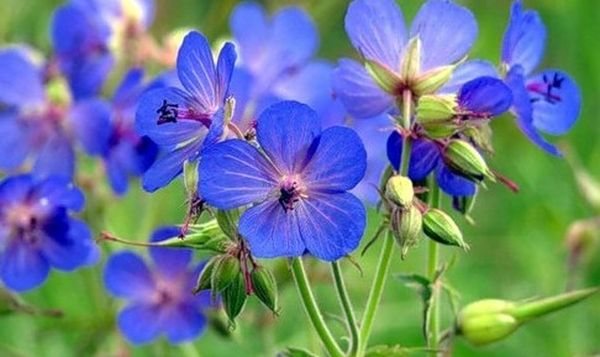

Wild geranium species take root very well in the garden. They never get sick, you can not take care of them at all, do not even cut off the dried inflorescences, since they themselves go down and hide under the leaves. In addition, the bush of a wild plant is so dense that nothing grows under it, and therefore, such a flower bed does not need weeding.
For planting in the garden, you can dig geraniums somewhere in a meadow or forest edge in the spring. Bushes feel great both in the sun and under the crown of a tree. They prefer to grow on soils as close as possible to natural conditions: fertile, moderately moist, slightly acidic. Also, wild geranium is successfully propagated by seeds, which ripen at the end of summer. Aesthetes, for whom decorativeness is more important than medicinal properties, can plant cultivated forms of meadow geranium.
For open ground, the following varieties are suitable:
- Rose Queen is a beautiful tall (up to 60 cm) bush with delicate mauve flowers;
- Silver Queen is a variety with very large and lush purple flowers;
- Striatum - undersized (about 10 cm) bush with unusual white flowers in blue streaks;
- Splish-Splash is one of the most beautiful geraniums with large white flowers with blue and purple stripes on the petals.
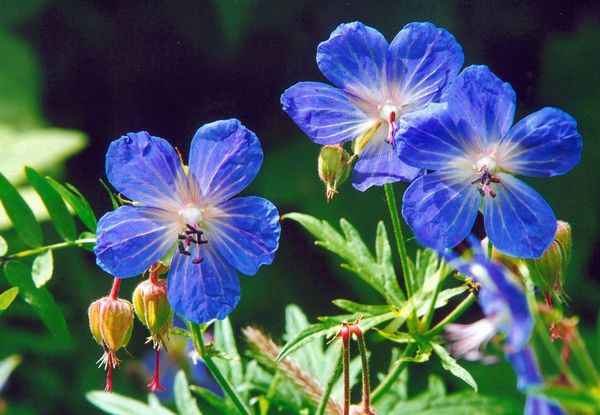

But a less original description has a meadow geranium of the Black Beauty variety. Its flowers are lilac or purple with purple veins, and the leaves are carved, red-brown. Such an unusual combination of colors gives this variety a special decorative effect.
How to make a water decoction
1 type of broth.
- 2 grams of geranium per 300 ml of boiling water. Boil the mixture for about five minutes, pass through a sieve.
- to break down kidney stones - 2 sips a little later before each meal.
- rinsing the mouth and throat - add 300 ml of water to a quarter of the mixture, which must be boiled beforehand.
2 type of broth. Pour water (a little more than a glass) into a container, put on fire, boil. Now you need to add 10 grams of ground geranium. It takes no more than ten minutes to cook the mixture. What happened is suitable for washing a wound or as a compress. To carry out the douching procedure, dilute the broth with 1 liter of boiling water.
Collection and storage
The medicinal raw material is mainly the ground part of the plant, less often the roots. Herbaceous parts (leaves, flowers) are harvested during flowering. To enhance the healing effect, it is recommended to collect the herb in the morning in sunny weather, after the dew has melted. It was at this time that the maximum concentration of nutrients was noted in it.
Dry the grass under a canopy or in a room with good ventilation. Can also be dried in an electric dryer at 40–45 ° C. The roots are dug up in the fall, shortly before the dormant period for the geranium. They are cleaned of earth, washed thoroughly, then dried and stored in whole or crushed form.The shelf life of raw materials in glass or wooden containers is no more than 1 year.
Propagating wild geraniums using cuttings, seeds or cuttings
Geranium - home care, how to water geranium
Geranium can be propagated by seeds and vegetatively. Garden varieties are rarely propagated by seeds. This is due to the difficult process of germinating the material. Plus, the seeds are extremely difficult to harvest. While the grower waits for them to ripen, they are scattered naturally.
Purchased seeds can be planted just before winter. After collecting them at the end of summer, they start sowing in the fall so that the seedlings can take root by the onset of cold weather. It is very reliable to plant seeds in winter when the soil is already frozen. So the seedlings will appear with the onset of spring.
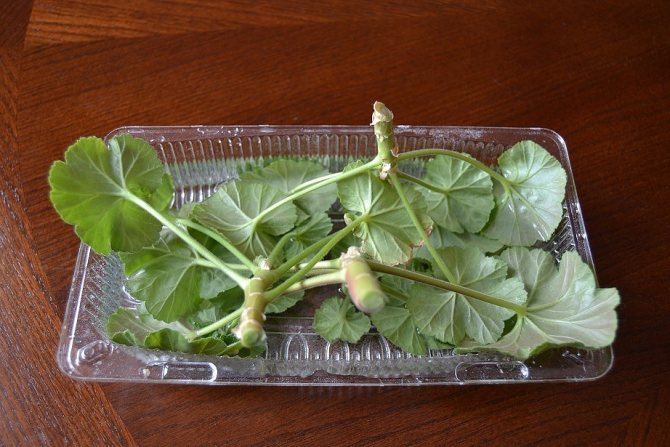

Geranium cuttings
Most often, geraniums are propagated by cuttings. In this case, you can do without shelters and the use of phytohormones. For planting, small pots are selected, which are filled with sand and a nutrient mixture. It is important to water regularly until fully rooted.
With the help of air layers, by spring it is possible to get a full-fledged plant with a developed root system. The method is quite simple. You just need to bend the shoots of the flower to the ground and lower them into the prepared furrows, and then cover them with soil.
Properties and application
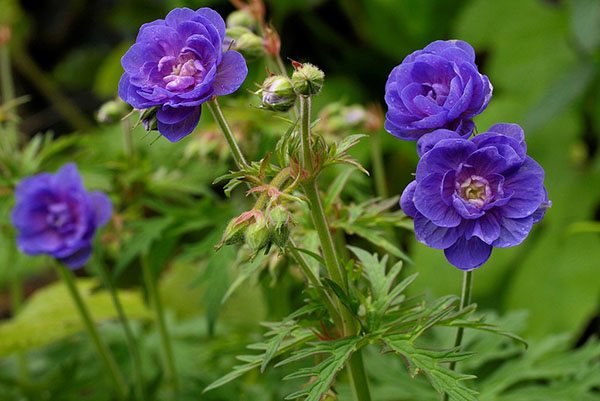

All parts of the plant to one degree or another contain biologically active substances that have a therapeutic effect on the body. These include glycosides, flavonoids, saponins, several types of acids, tannins, 33% of which are concentrated in the rhizome of the plant. The roots also contain hydrocarbons of the triterpene group, phenolic compounds, flavonoids (catechins). The ground part is rich in minerals, vitamins K and C.
Thanks to this composition, meadow geranium has an excellent antiseptic, anti-inflammatory, astringent, hemostatic and antimicrobial effect. Decoctions from it are able to neutralize microbial food poisoning, stop bleeding, inflammation, and dissolve salts and remove sand.
People use geranium tinctures and decoctions to stabilize the nervous system.
Basic requirements for caring for garden geraniums
Watering is the first part of care. It should be regular, but the plant should not be caught. He needs abundant watering only after planting directly, for rooting, and in the dry season. In principle, you should only follow the garden geraniums - if its leaves began to fall, this indicates a lack of moisture, which means - urgently water!
Loosening and mulching are perhaps the most necessary components of care, since geranium loves just light and loose soils. You can plant ground cover plants next to it - they also "loosen" the earth well. If the soil fertility on the site is still low, then so that after watering the ground next to the flower does not turn into a crust, it is better to walk next to it with a flat cutter.
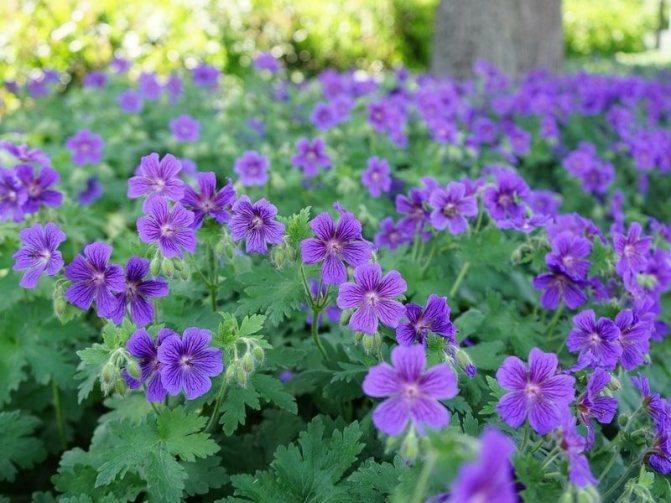

Geranium pruning is carried out periodically, mainly - this is the removal of yellow, dry leaves, dead processes, broken stems. This will be both a healthier bush and a growth activator. Pruning will prolong the flowering of the bush.
Geranium does not need feeding as such. Peat and compost are enough for her when planting. But if you really want to - you can use complex organic fertilizers, but not abuse. Geranium also has a negative attitude towards transplants.
The garden geranium also has two misfortunes - bacterial rot and wilting. But if the agrotechnical process is fully observed, and care is carried out correctly and regularly, then these diseases are not terrible for the shrub.
Indications and contraindications
Meadow geranium is widely used in folk and traditional medicine in the complex treatment of the following diseases:
- gout, rheumatism, pathologies caused by the deposition of salts in the joints and tissues;
- with bleeding of various etiologies;
- as a tonic for fractures, colds, fevers;
- with malignant tumors;
- with inflammatory processes in the respiratory tract, ENT organs;
- to remove sand from the kidneys;
- externally for hair loss, treatment of boils, rashes, purulent wounds.
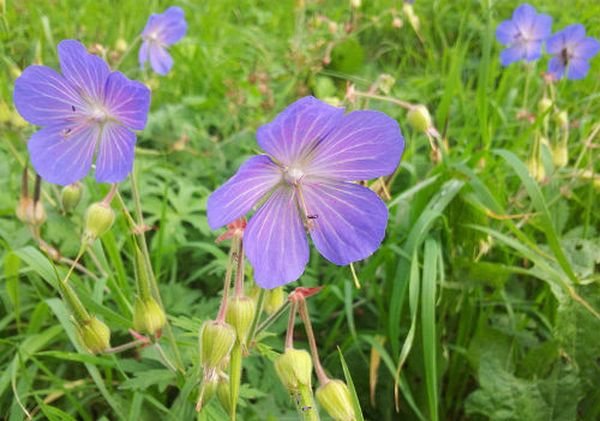

Like all medicinal herbs, meadow geranium has medicinal properties and contraindications. The tool is not recommended for use:
- people prone to thrombosis and increased blood clotting;
- with gastritis, ulcers, acidity and chronic constipation;
- with senile intestinal atony;
- pregnant women.
Also, do not use the herb to treat any disease without first consulting a doctor.
Disease prevention
Most garden varieties have good immunity and disease resistance. However, cases of fungal infections are not excluded. In particular, it can be powdery mildew or brown spot. To eliminate the chances of infection, you can prophylactically treat the bushes in the spring and before flowering with copper-containing preparations.
Often, the plant can attack the furrowed scotch. Insects eat the leaves, so the plant dries up very quickly. Beetle larvae are located on the root, so in the dark - night or late evening - the bush must be dug up and treated with an insecticide.
Garden geranium may not have the beauty and variety of forms of its room sister, but it requires much less labor and time. At the same time, it will decorate your garden for a whole decade.
Flower reproduction methods
There are several ways to propagate perennial geraniums.
Seeds
Reproduction of geraniums at home by seeds is considered the most time-consuming method, which does not always lead to positive results. With this reproduction, flowering should be expected only after a year, and then if you properly care for the planting material and seedlings.
By dividing the bush
This method is considered the simplest and most common. It is recommended to divide the bush during flower transplantation. It is better to do this in spring or late autumn.
For bush planting material, pits must first be prepared. Then dig up the bush and shake off the earth. Divide the rhizome lump with a sharp tool, so that at least one bud remains on each piece for germination. The plant is planted in holes at a distance of 25 to 30 cm from each other.
By cuttings
For such reproduction, young shoots are cut off, on which at least a few leaves are present. Then they are placed in water and kept in a warm room until the roots appear. After that, the planting material can be planted in the ground or pot.
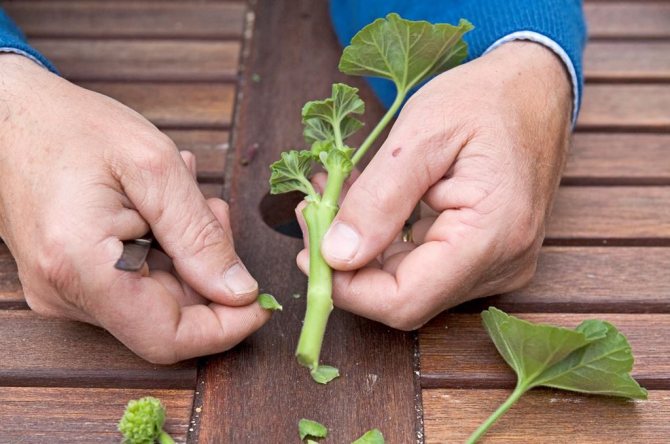

Geranium cuttings
The most common varieties of geranium
Geranium is a diverse plant not only in its external data, but also in its characteristic properties and various features:
- evergreen varieties - red-brown, blood-red
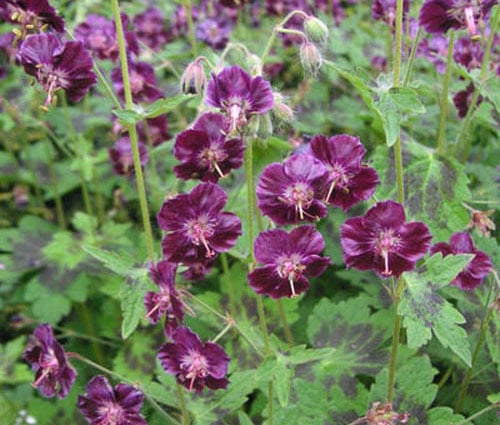

- varieties that can withstand prolonged drought - ash, Dalmatian, large-rhizome, Renard
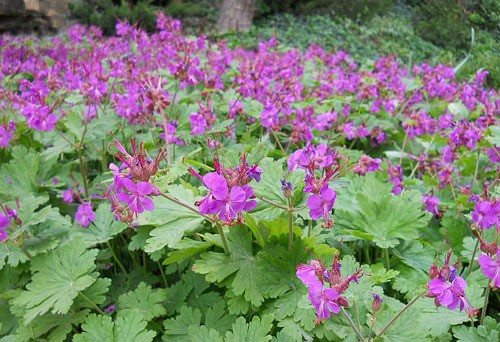

- varieties that prefer shade - forest, red-brown, Roberta
- varieties that can tolerate shade - marsh, blood red, meadow
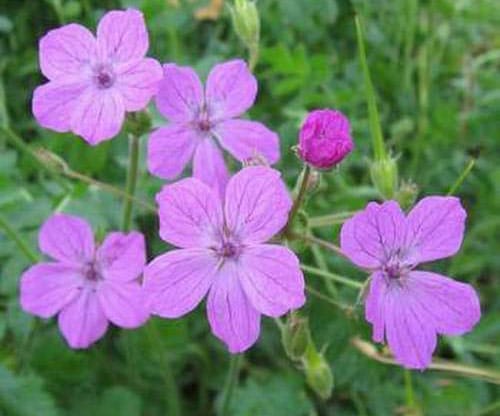

- varieties that need good lighting - Georgian, Himalayan, large-rhizome, small-grained, magnificent, flat-leaved, Renard
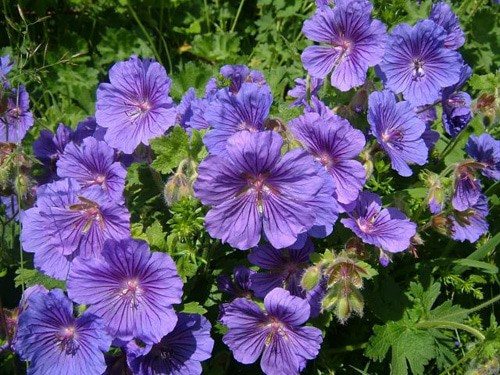

- varieties in which the leaves are originally colored - Georgian, Roberta, large-rhizome, small-grained
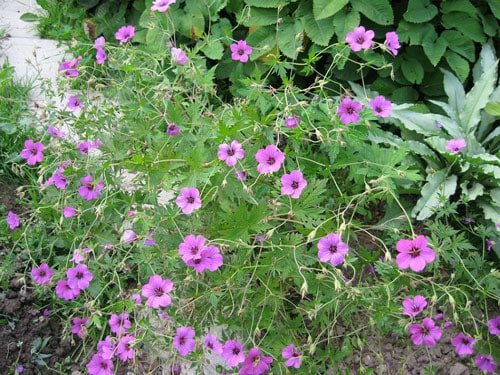

In addition, when planting in a flower bed, it should be borne in mind that different varieties have different flowering times.
Geranium habitat
No matter how unpretentious and undemanding the plant is, each of them has its own preferences and conditions, by fulfilling which you will get the strongest plants and abundant long flowering.
- A place. Most of the varieties of geraniums are photophilous, therefore, the place reserved for planting geraniums should be sunny, well-lit, although areas with partial shade can be dispensed with. When choosing a place for geraniums, do not forget about the level of groundwater: they should not lie too close - the plant does not like this. Geranium grows well in warm spring and hot summer conditions, but at the same time it tolerates cold and frost quite well, and its carved leaves will be among the first to decorate your garden in early spring.
- The soil. Geranium is not very demanding on the composition and quality of the soil, the issue of soil drainage is very important here, since with poor water permeability and stagnant moisture, the plant may die. Although, naturally, on fertile and loose soil, plants will grow much more comfortably than on poor soil, and this will undoubtedly affect the quality of the flowering of the plant. In terms of acidity, neutral soils or slightly acidic soils are suitable for most varieties of geraniums. There are some exceptions, though, when certain varieties need acidic soils or soils with a high calcium content.
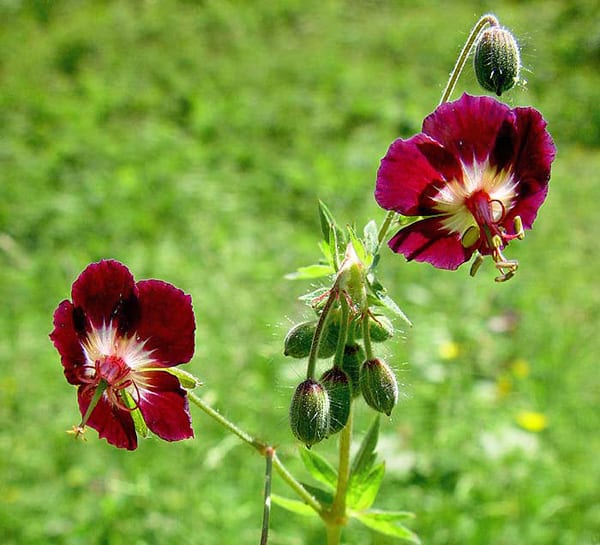

Diseases and pests
Pelargonium garden, with proper care, acquires natural resistance to infectious diseases and pests. Nevertheless, she can be amazed by:
- Rot is a bacterial infection that is the result of violations of agricultural technology. Signs: the appearance of vague dark spots on leaf plates and shoots. Exit: cut off all damaged elements of the bush and treat with complex fungicides.
- Tomato wilting, which is characterized by the appearance of spots that look like rings. With a slight infection, diseased elements are removed and burned, and the bush is sprayed with chemicals. In case of severe damage, the bush is removed from the flower bed and burned, and the soil is watered with fungicides.
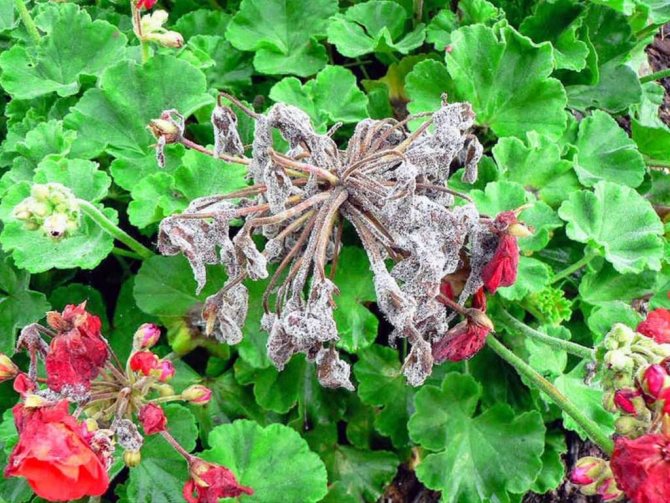

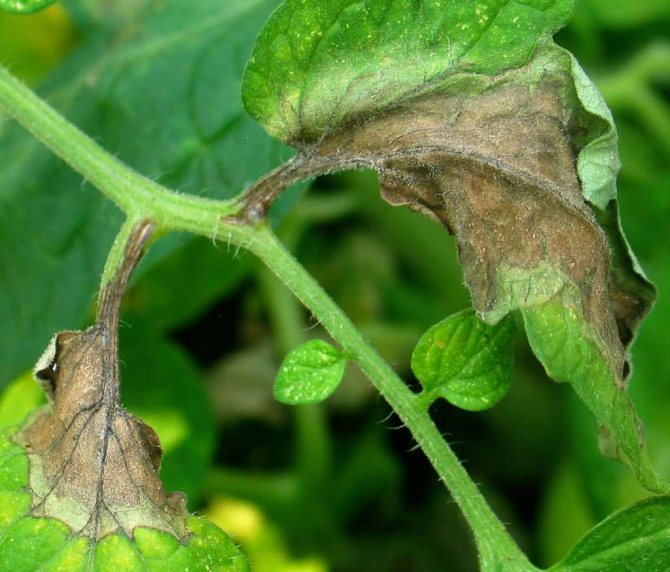

Of the possible pests, aphids, whiteflies and caterpillars most often settle on geraniums. The first two troubles are removed by spraying with an insecticide. To combat the caterpillar, it is advisable to use a mechanical method - to collect it by hand.
Reproduction nuances: what to remember?
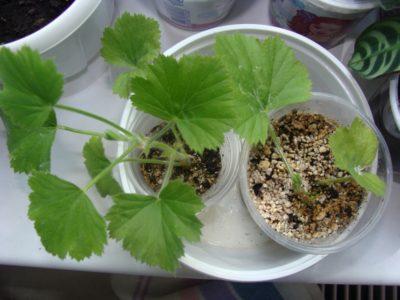

Today summer residents know 3 main ways by which it is possible reproduction of garden geranium is the division of the rhizome and growing from shoots or seeds. The latter method is laborious and not always the expected result.
Among other disadvantages is the difficulty of collecting planting material (seed pods burst, seeds are scattered throughout the site). With the seed method, the new plant will not retain all the characteristics and qualities of the main bush. The flowering of geraniums obtained from seeds occurs the next year from the moment of planting.
For the method of reproduction by dividing the rhizomes, only young plants are suitable. The bush must have developed buds, and the obsolete parts must be cut off. The optimal period for the procedure is early spring (geranium has not yet grown) or September (flowering has stopped).
Planting technology of perennial garden geranium
Garden geranium, which was planted with the recommendations of professional gardeners, will delight you with flowering in the first year after gardening.
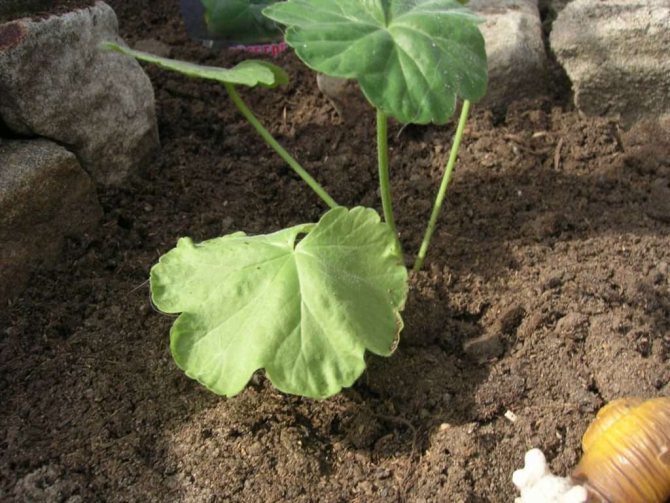

Specialists use a specific technology for planting a crop:
- Geraniums are planted in flower beds in the second or third decade of May.
- Prepare the soil 2-3 days before planting. Beds for pelargonium are dug up, loosened and leveled, after adding rotted manure, sand and slightly acidic peat. It is strictly forbidden to use fresh manure, as it burns the delicate root system of the plant.
- The gardener should also worry about preparing the holes for the seedlings. Geranium is a plant with long roots. That is why the holes are dug 15-25 cm deeper than the root of a young specimen.
- Drainage material is placed in each well. Thanks to him, the roots will not suffer from waterlogging. Broken brick, ceramics, fine gravel or expanded clay are used as drainage.
- Drainage is sprinkled with a mixture of peat and sand with a mound.
- Young seedlings are laid out in the prepared holes and sprinkled with soil mixture.
- The flowerbed is watered abundantly with warm water.
- The surface of the soil is mulched around each specimen to prevent the roots from drying out. For mulching, slightly acidic peat or small sawdust is used.
Geranium is a herbaceous plant suitable for open ground, thrives and grows quickly. Plants wake up early and growth starts with the first rays. Flowering of seedlings is also observed early, and with due attention, flowering can be achieved 2 times a year.
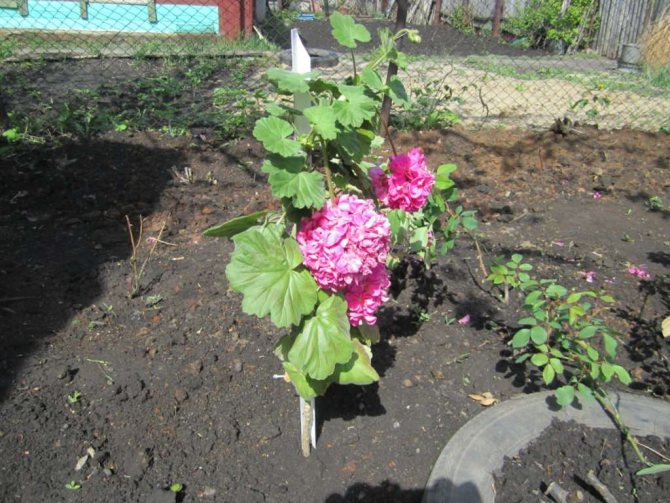

Planting material should be in sunny areas, but without direct sunlight. Areas with a close groundwater table are not suitable.

